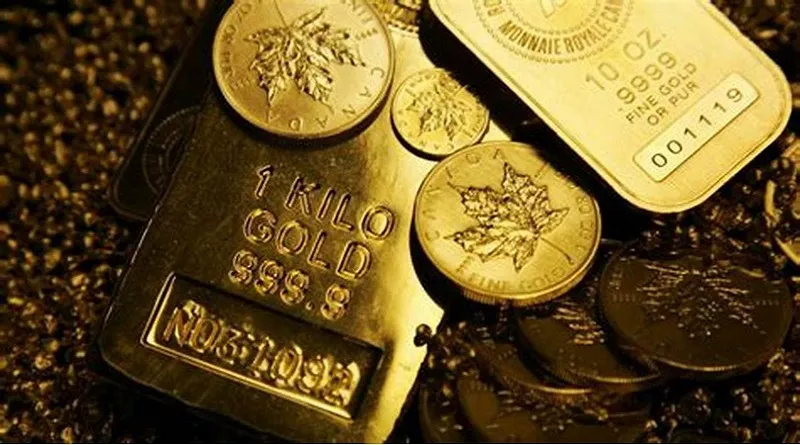China’s net gold imports through Hong Kong increased by approximately 17% in July compared to the previous month, according to data released on Tuesday by the Hong Kong Census and Statistics Department.
The data revealed that China imported a net 25.659 tonnes of gold from Hong Kong in July, a rise from the 21.919 tonnes recorded in June. Total gold imports through Hong Kong also saw a modest increase of over 6%, reaching 31.457 tonnes.
Despite the uptick in imports, the surge is unlikely to reflect a recovery in demand from China’s jewelry sector, which has been significantly impacted by the record-high gold prices seen in 2024.
“The primary challenge we’ve faced in the past two quarters is the relentless climb to historic peaks in gold prices, with hardly any corrections,” Wang Lixin, CEO of the World Gold Council (China), remarked to Shine.cn.
The China Gold Association (CGA) reported a 27% drop in gold jewelry purchases during the first half of 2024. The decline was attributed to a combination of geopolitical tensions and economic uncertainties that pushed gold prices to unprecedented levels. During this period, China’s overall gold consumption fell by 5.6% year-on-year to 523.8 tonnes, with the jewelry sector’s contribution shrinking to 270 tonnes, according to the CGA.
“We have witnessed sudden spikes in gold prices before, but never have they been sustained at such levels,” Wang noted. “This has led to an unexpected market situation.”
Amid soaring prices, Chinese consumers have largely adopted a wait-and-see approach, delaying purchases to gauge future price trends. Those who continue to buy gold have shifted their focus from high-end jewelry to gold bars and coins, which come with a lower premium. Sales of bars and coins surged by 46% in the first half of 2024, reaching 213.6 tonnes.
“In response to the current market challenges, it’s essential to stay proactive,” Wang emphasized. “Despite high gold prices, there’s a need for innovation and the creation of unique products, as consumer demand for beauty and quality never diminishes.”
Wang also highlighted the evolving social lives of young consumers, who now have more occasions to wear jewelry. “The industry’s challenge is to foster an environment that encourages these consumers to integrate jewelry into their diverse and dynamic lifestyles, allowing them to express their individuality,” he added.
Despite the hurdles facing the domestic jewelry market, Wang noted that World Gold Council research indicates a continued strong interest in gold among younger consumers. “In this context, it’s vital that we leverage new technologies to meet their changing needs,” he concluded.


